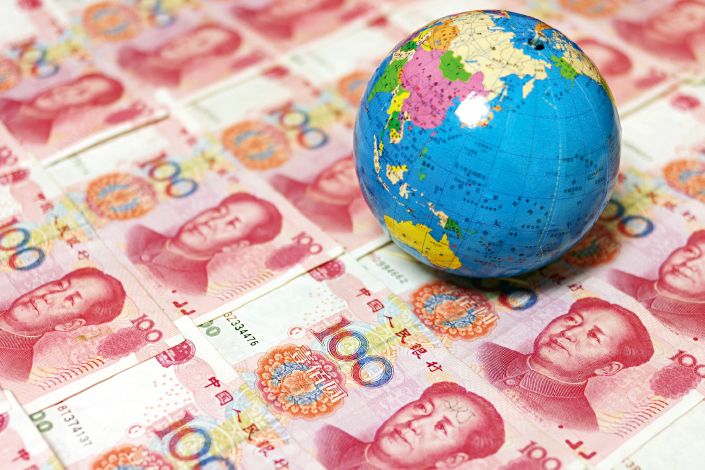Steady Progress for Yuan's Global Acceptance Campaign

(Beijing) – China’s campaign to position the yuan front and center on the international currency stage is moving forward despite depreciation concerns and a Beijing effort to limit capital outflows.
Economists, analysts and People's Bank of China (PBOC) officials are upbeat about the current and future pace of the so-called "yuan internationalization" campaign, which began in 2009, although they also agree that it's a long-term process.

- MOST POPULAR








